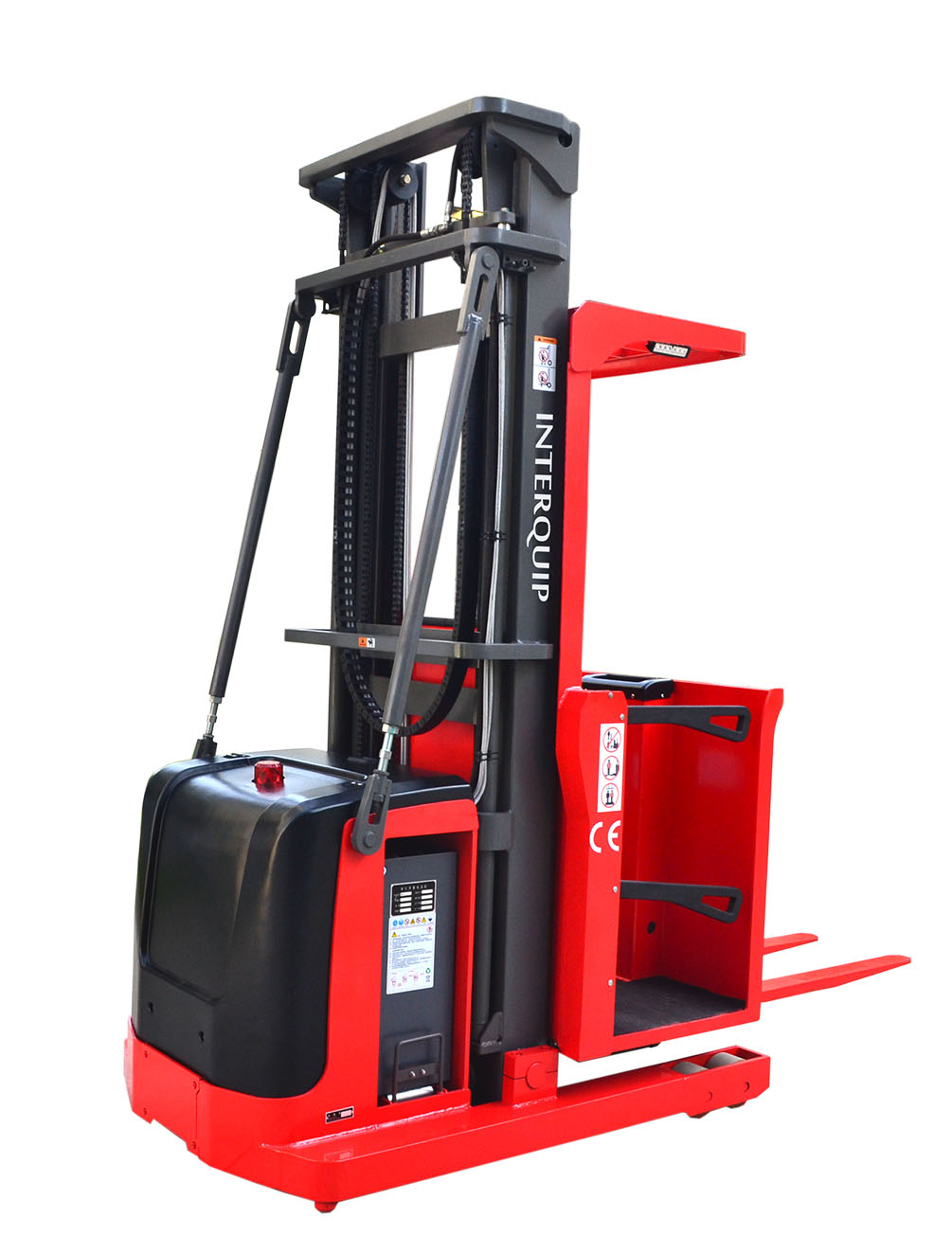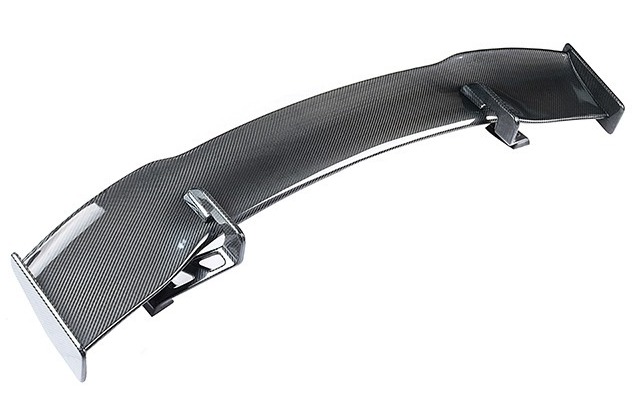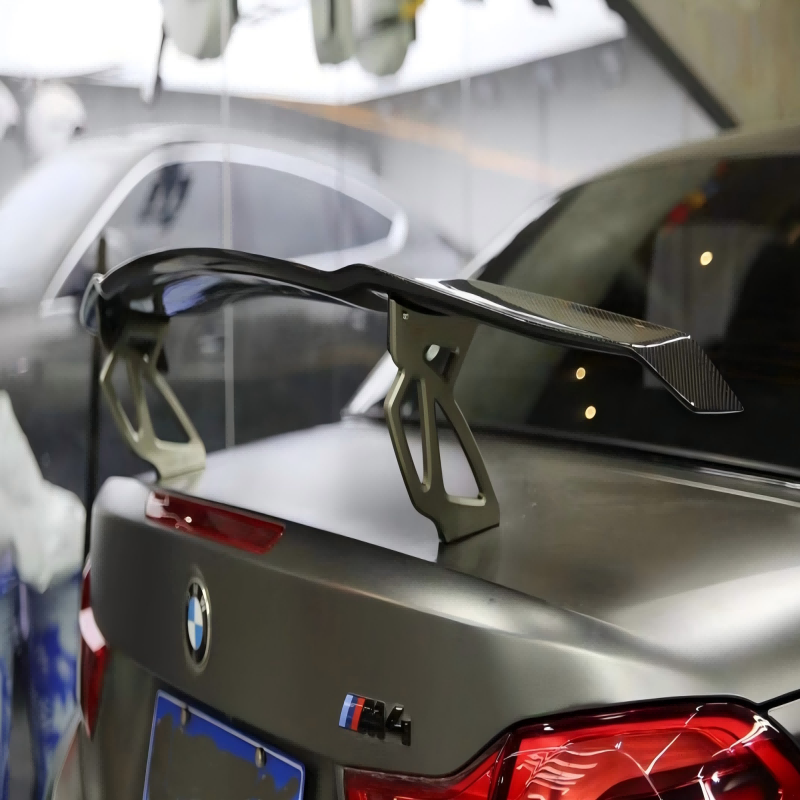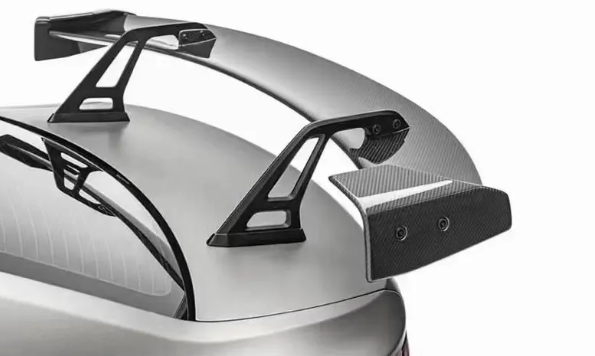What is the difference between a minivan and a minibus?
Many car owners choose minivans or minibuses to transport passengers. It is undeniable that these two vehicles can be well applied to family travel, group activities and commercial purposes, but there are differences between minivans and minibuses. Therefore, car owners need to understand the main differences between the two when buying a car and make a car purchase according to their needs.

Let Xiamen Van Seat analyze these differences with you to help you make a decision.
Size and Capacity
Minivan
● Accommodates smaller groups (7 to 9 passengers)
● Overall dimensions are usually 200 to 203 inches in length and 61.5 to 66 inches in width.
Minibus
● Accommodates larger groups (10 to 20 people, different models can accommodate more)
● Usually longer and wider than minivans, providing more interior space.
Purpose of use
Minivan
●Designed for family use and small group transportation
●Suitable for daily commuting, school and family vacations
Minibus
●Commercial use
●Suitable for transporting large groups to events, tours or shuttle services
Design and comfort
Minivan
●Compact unibody structure (body and frame are integrated)
●Often equipped with spacious seating arrangements and amenities such as advanced entertainment systems
Minibus
●Body-on-frame structure, providing greater durability and strength
●Fewer luxury features, focusing on practicality and convenience for large groups.
Cost and maintenance
Minivan
●Minivan is generally cheaper than minibus, with a smaller size, less fuel and lower maintenance costs
Minibus
●Minibus has a higher purchase cost, but can transport more passengers. However, it is used more frequently and requires frequent maintenance.
Safety features
Minivan
●Provides good safety, but does not have specific safety features
Minibus
●Equipped with dual rear wheels to reduce the risk of rollover. The vehicle sidewalls use a steel cage structure to protect passengers.
Handling and maneuverability
Minivan
●Small size, easy to park and drive on the road
Minibus
●Large size, low road flexibility
Conclusion
After understanding the difference between the two, users can purchase a vehicle based on their specific needs. If you want to buy minivan seats and minibus seats, you can also visit our website www.luxuryvanseat.com to learn about our range of high-quality seats designed for these two vehicles.

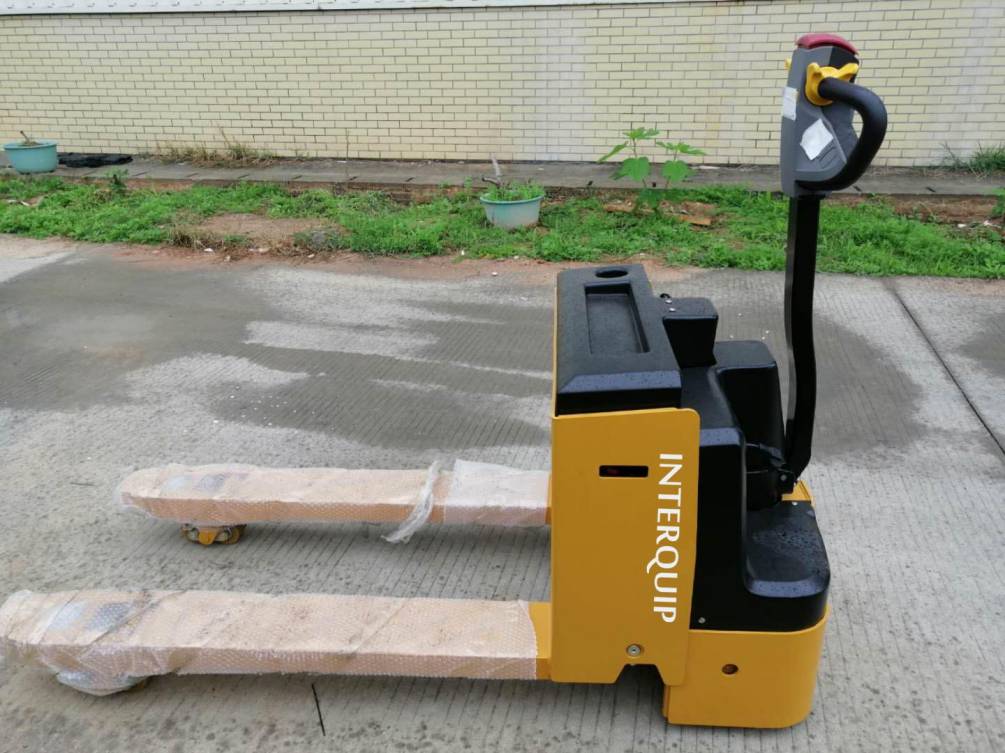
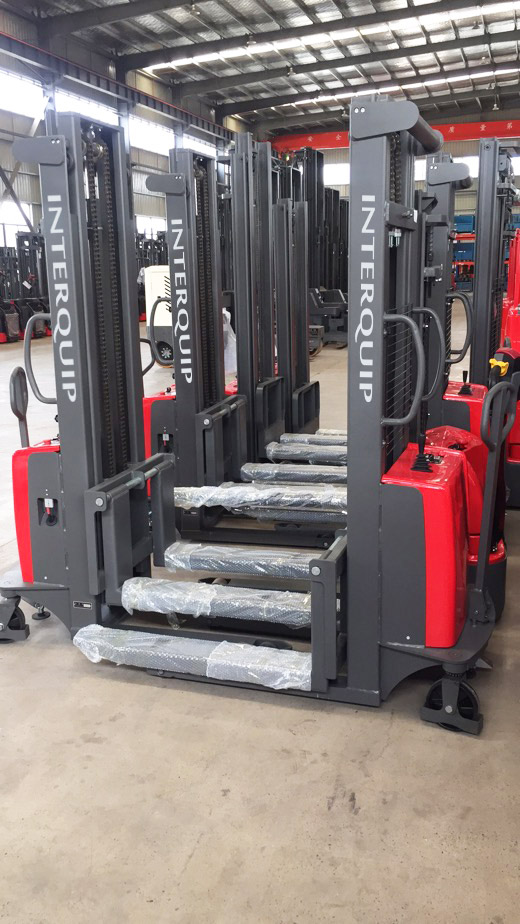
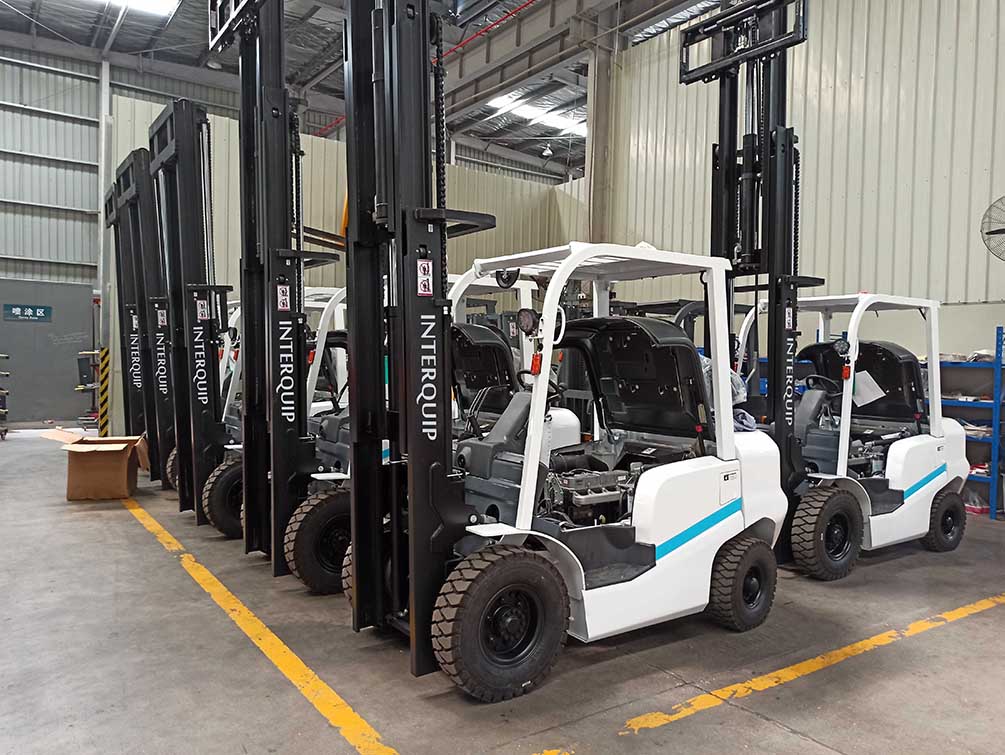
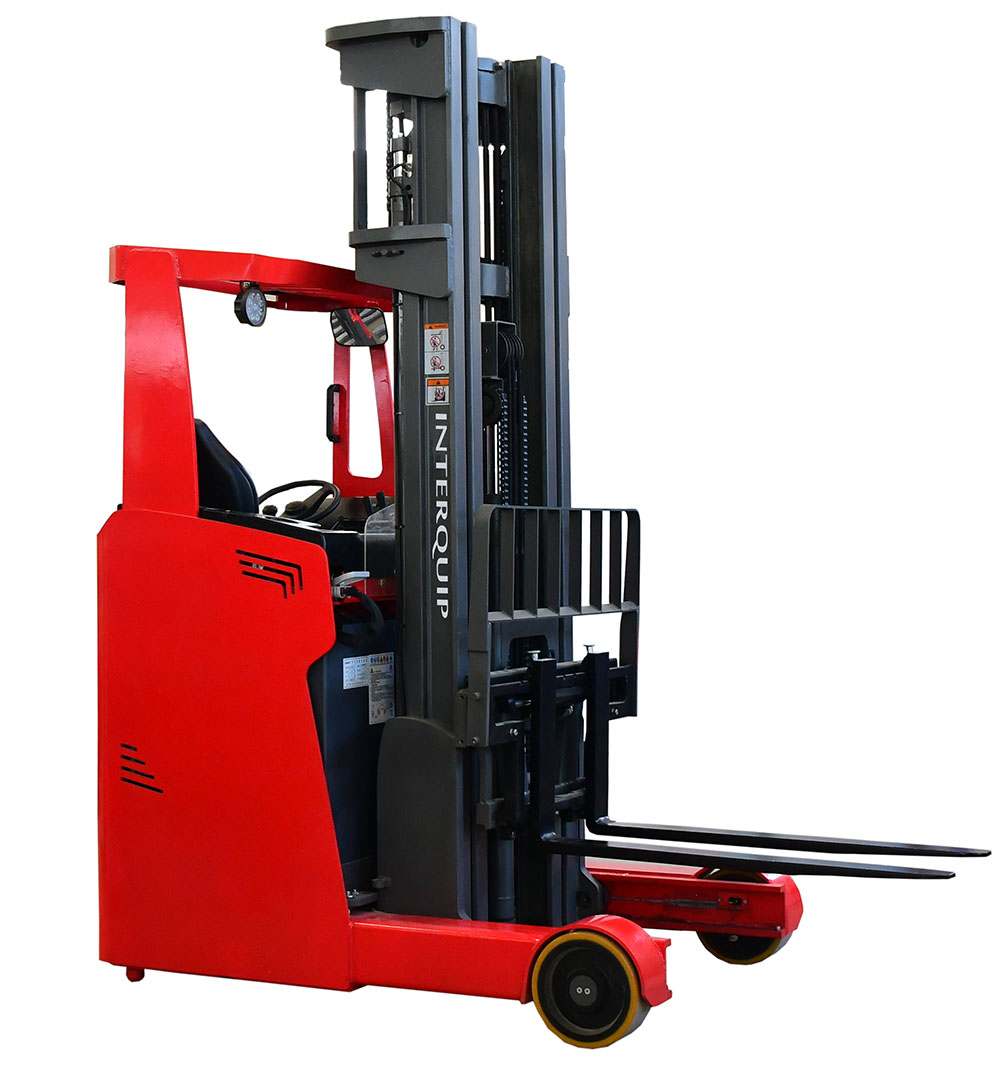 5) Picking forklift
5) Picking forklift